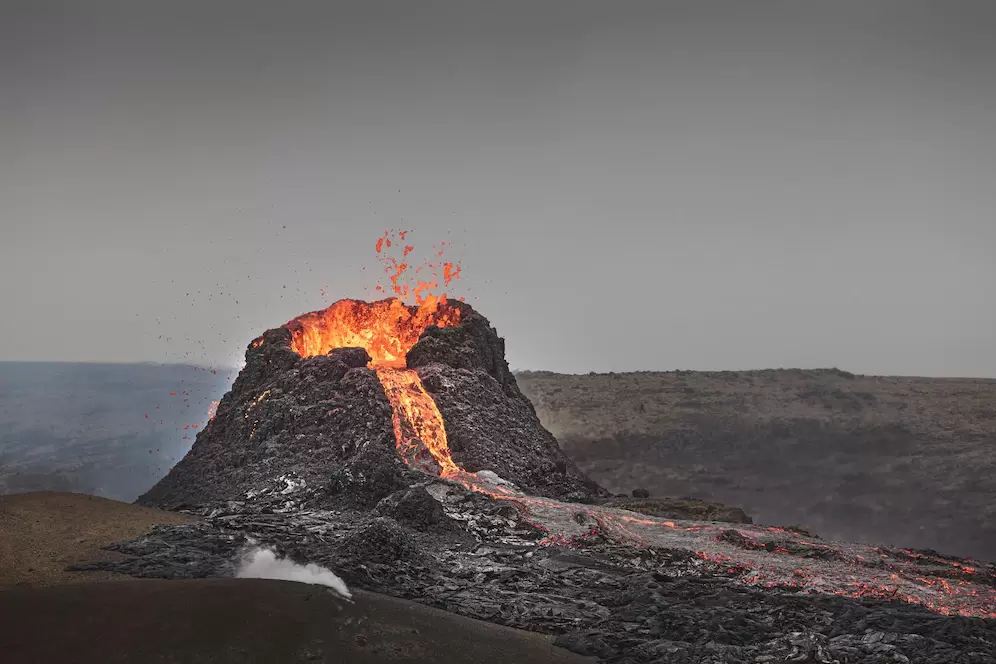As children move into KS2, pupils extend their knowledge and understanding beyond the local area to include the United Kingdom and Europe, North and South America. This will include the location and characteristics of a range of the world’s most significant human and physical features. They develop their use of geographical knowledge, understanding and skills to enhance their locational and place knowledge.
The 3 themes studied across the year will cover all of the following skills:
The 3 themes studied across the year will cover all of the following skills:
|
Locational and Place Knowledge
|
Physical Knowledge
SEND
- Use appropriate geographical vocabulary to describe physical geography features
- On a world map, locate areas of similar environmental regions including climate zones and biomes
- Describe and understand key aspects of physical geography (volcanoes and earthquakes)
- Draw sketch maps using agreed symbols for a key.
- Locate the main countries in Europe
- Begin to match boundaries (E.g. find same boundary of a country on different scale maps.)
- Use the 8 points of a compass to describe the location of a place
- Locate and explain the significance of the Equator, Northern and Southern hemispheres, Tropics of Cancer and Capricorn and the Prime Greenwich Meridian
- Use a range of sources including digital maps, atlases, globes and satellite images to research and present geographical information
- Locate features using two-figure grid references
- Observe, measure and record the human and physical features in the local area responding to a range of geographical questions.
- Collect and analyse 1st hand data.
- Express their opinions on environmental issues and recognise how people can affect the environment both positively and negatively.
- Communicate geographical information through a range of methods using technical vocabulary
SEND
- Pupils with SEND generally study the same curriculum scope as other pupils.
- Teachers have the same level of ambition for all pupils and use specialist advice to adapt teaching approaches where necessary.
- Ensure teaching assistants are well briefed in the geography that is to be learned and the approaches taken.
- Classroom resources eg. maps are adjusted as required to ensure that all pupils take part
Image by wirestock on Freepik



